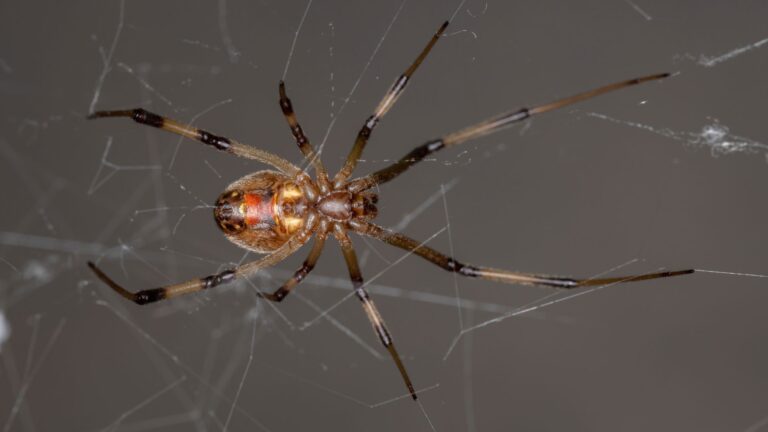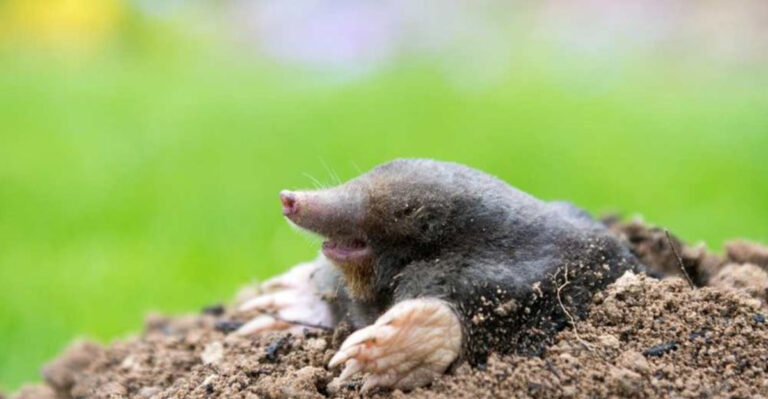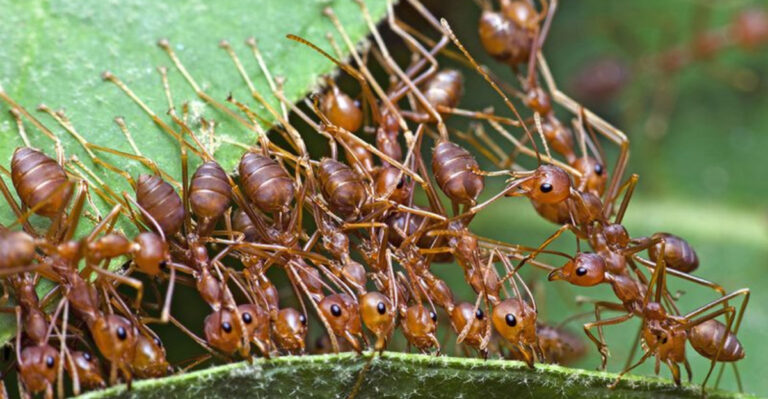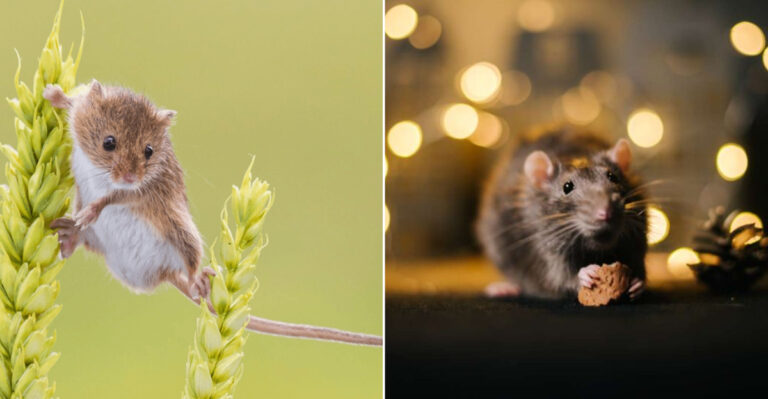15 Natural Ways To Stop Woodpeckers From Damaging Your Home
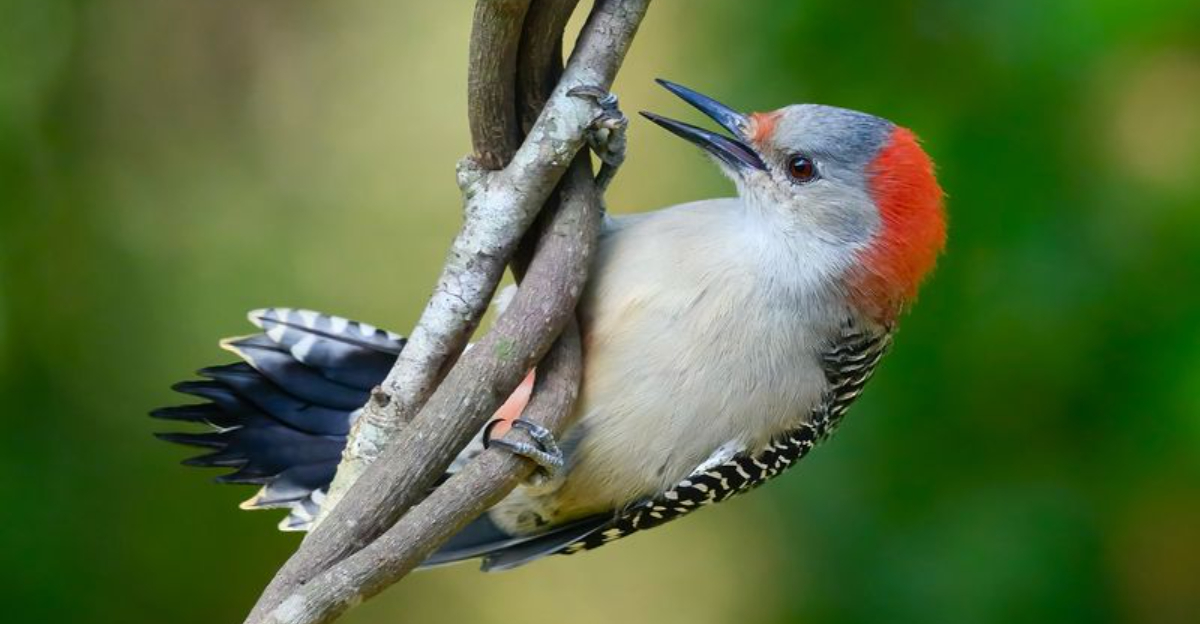
Those rhythmic tapping sounds on your home aren’t just annoying – they’re the sound of woodpeckers potentially causing serious damage to your property.
These feathered drummers are simply looking for food or creating nesting cavities, but their natural behaviors can wreak havoc on wood siding and trim.
Fortunately, you can discourage woodpeckers without harming these protected birds through these natural, humane methods.
1. Hang Shiny Objects
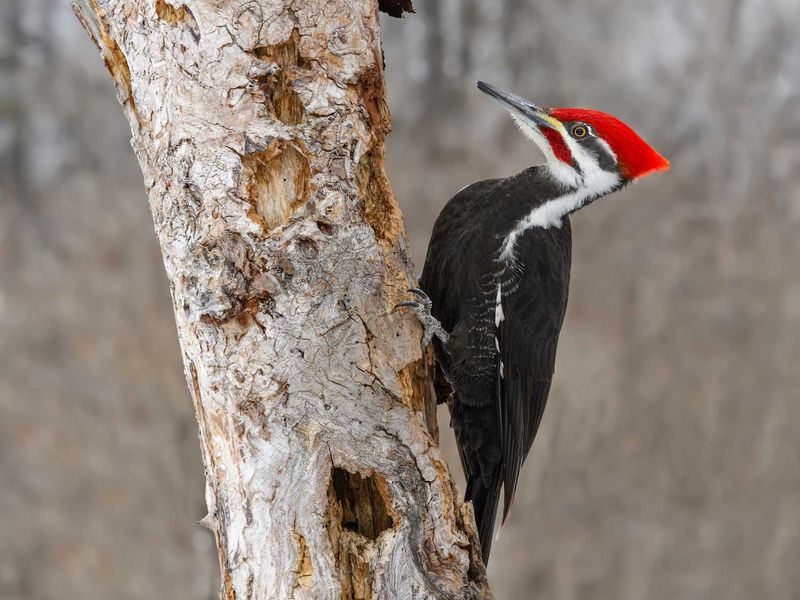
Old CDs catch sunlight and create unpredictable flashes that make woodpeckers nervous. String them up with fishing line around problem areas, allowing them to twist and turn freely in the breeze.
The constant movement and light reflection disrupts the birds’ sense of security, making your home less appealing without causing harm.
2. Install Wind Chimes
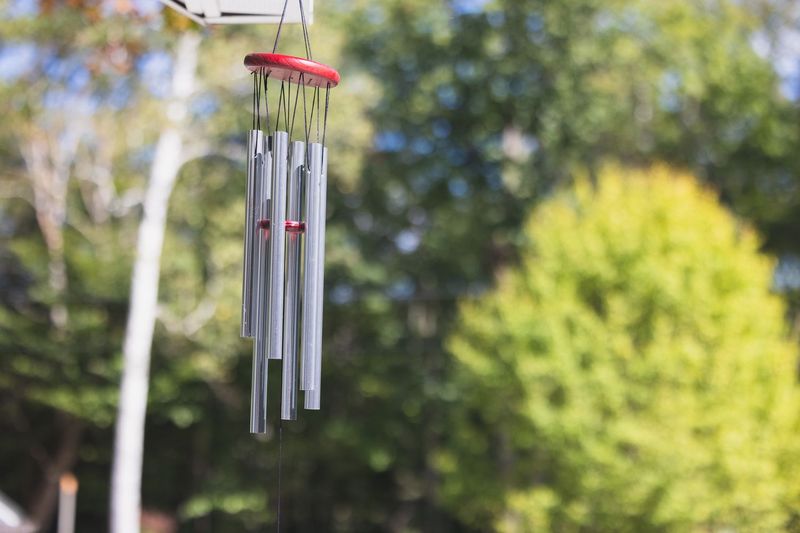
Something magical happens when wind chimes dance in the breeze. Their unpredictable sounds and movements create an environment that feels unsafe to cautious woodpeckers.
Metal chimes work particularly well since they produce louder, sharper tones that travel further. Hang several sets near damaged areas for maximum effectiveness.
3. Create Visual Barriers With Netting
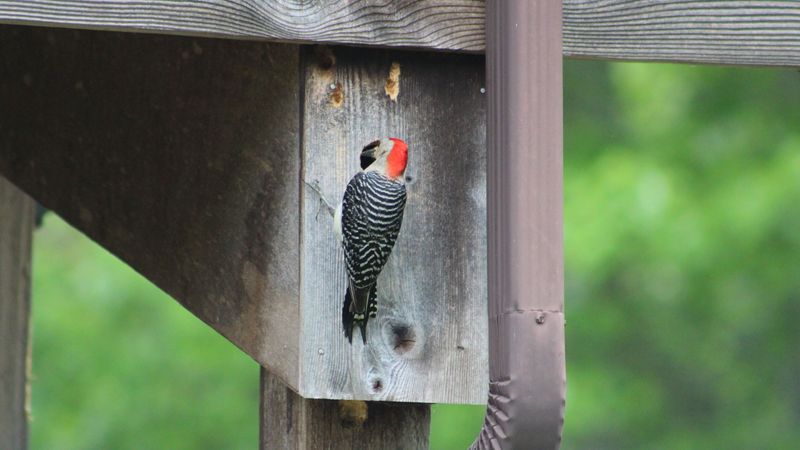
Lightweight mesh netting creates a physical barrier without harming the birds. Secure it a few inches away from vulnerable surfaces, creating a buffer zone woodpeckers can’t penetrate.
Choose black netting for discretion or clear versions that practically disappear against your home. This method works year-round and requires minimal maintenance.
4. Apply Natural Woodpecker Repellent Spray

Whip up a homemade spray using cayenne pepper, vinegar, and water. Woodpeckers hate the spicy smell and taste that lingers on treated surfaces.
Spray vulnerable areas every few days, especially after rain. The natural ingredients won’t harm your home’s exterior but create an invisible barrier that sends woodpeckers searching elsewhere.
5. Install Owl Decoys
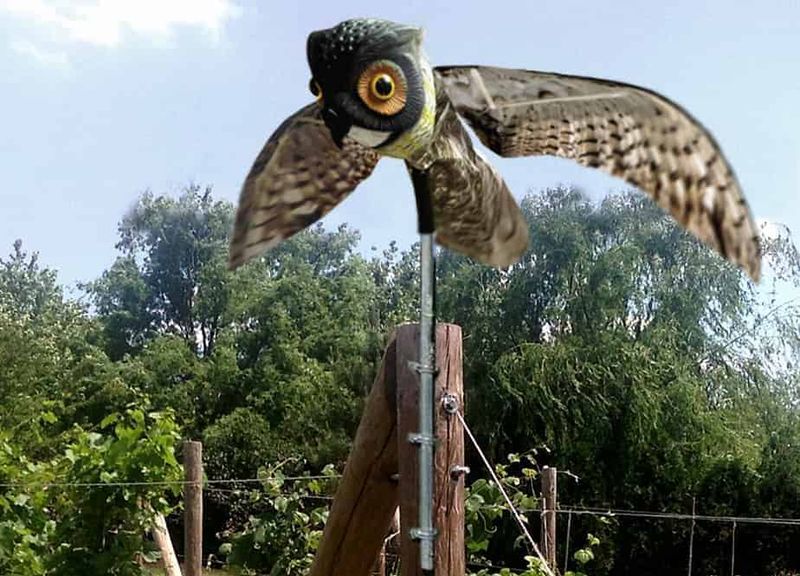
Realistic owl decoys tap into woodpeckers’ natural fear of predators. Position them near problem areas and remember to move them regularly – stationary decoys quickly lose effectiveness when birds realize they pose no threat.
Modern versions with bobbing heads or solar-powered movement features work even better than traditional static models.
6. Hang Reflective Bird Tape
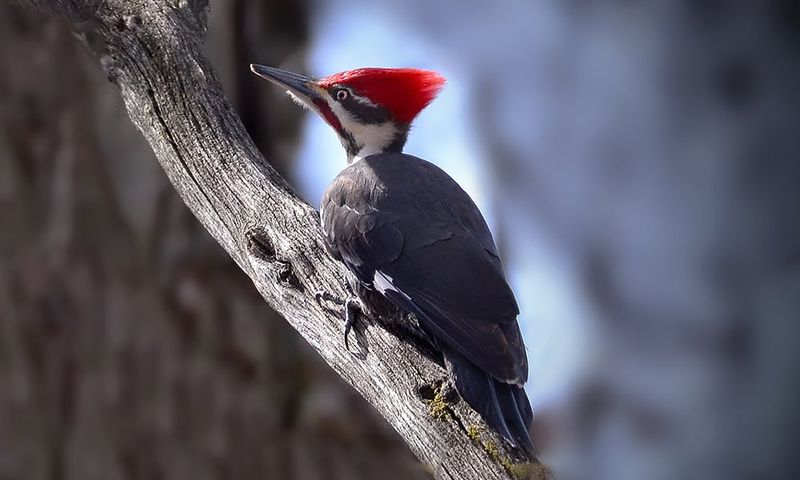
Holographic bird tape creates disorienting light patterns that confuse and deter woodpeckers. Unlike static reflectors, the tape moves with the slightest breeze, creating unpredictable flashes that keep birds on edge.
String it in long strips near damaged areas, ensuring it can flutter freely for maximum effect.
7. Fill Existing Holes Promptly
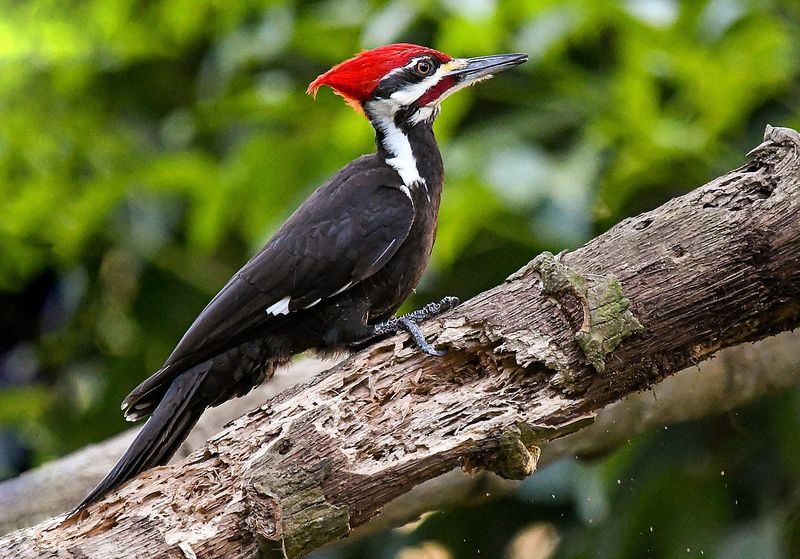
Unrepaired holes practically invite woodpeckers back for more damage. Fill them with wood putty, sand smooth, and paint to match your siding.
The key is addressing holes immediately – woodpeckers often return to existing cavities and may even expand them. Adding a small piece of metal flashing over repaired areas provides extra protection.
8. Create Woodpecker Feeding Stations
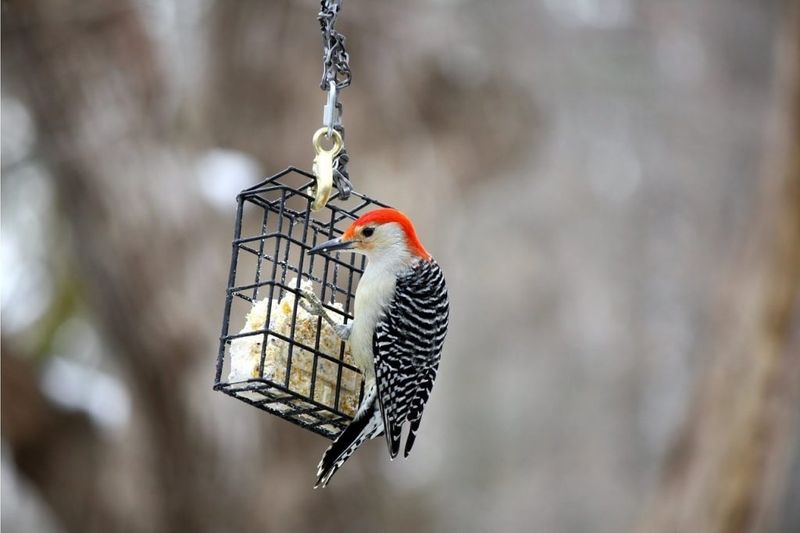
Suet feeders placed away from your home offer woodpeckers an easier food source than drilling into your siding. High-fat suet cakes are irresistible to these hungry birds.
Position feeders at least 20 feet from your house. This diversion tactic acknowledges woodpeckers’ territorial nature while redirecting their energy away from your home.
9. Plant Dense Shrubs Near Your Home
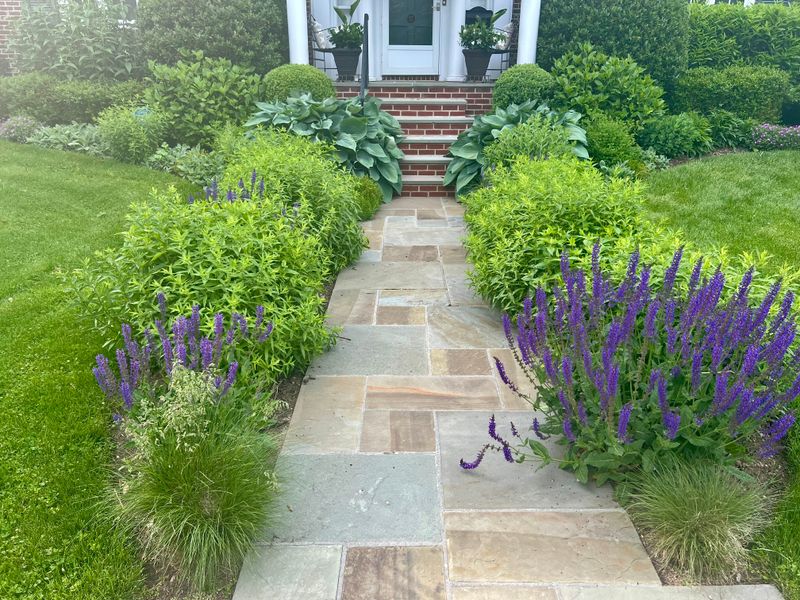
Dense shrubs planted close to your house create natural barriers woodpeckers find difficult to navigate. Species with thorns or prickly leaves provide extra deterrence while still looking attractive in your landscape.
This natural solution improves with time as plants mature, eventually creating a permanent woodpecker buffer zone.
10. Attach Aluminum Flashing
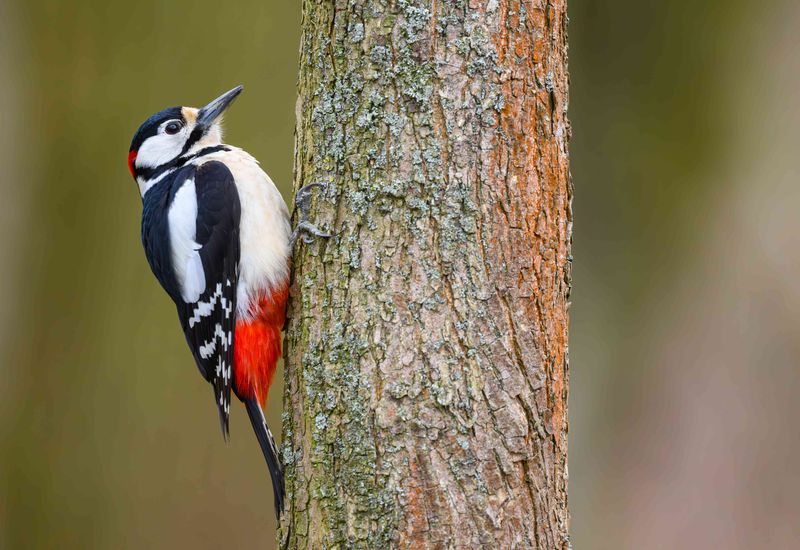
Thin aluminum sheets create surfaces woodpeckers simply can’t grip or penetrate. Cut strips to cover vulnerable areas, securing them with construction adhesive or small tacks.
The metal reflects light and creates subtle sounds when tapped, further discouraging curious birds. Paint it to match your home’s exterior for a more discreet appearance.
11. Use Motion-Activated Sprinklers
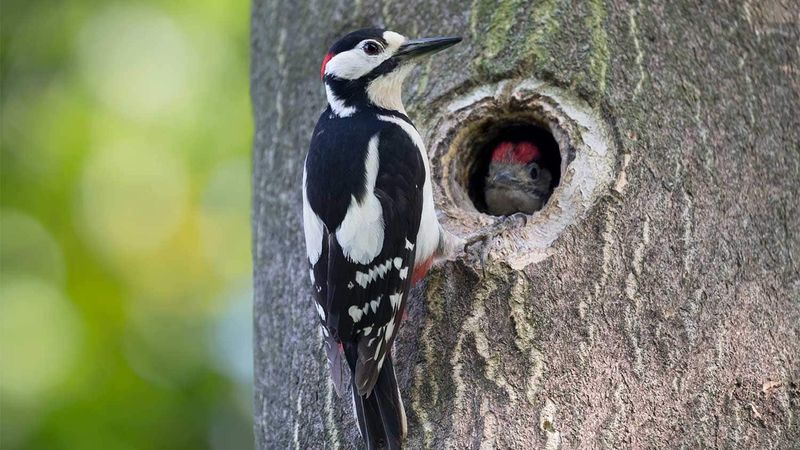
Surprise water sprays startle woodpeckers without causing harm. Motion-activated sprinklers detect movement and release quick bursts of water, teaching birds your property isn’t safe for drilling.
Modern versions use minimal water and can be positioned precisely to protect specific areas. They’re especially effective during nesting season when woodpeckers are most persistent.
12. Paint with Woodpecker-Resistant Colors
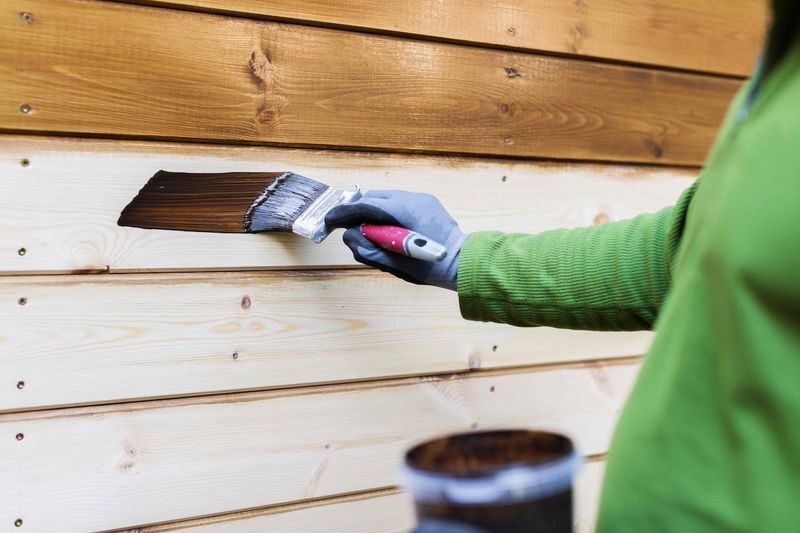
Surprisingly, woodpeckers show color preferences when selecting drilling sites. They’re generally attracted to earth tones and natural wood colors while showing less interest in bright or bold hues.
Consider repainting vulnerable areas with colors like bright white, navy blue, or sage green. This subtle change can significantly reduce woodpecker attraction.
13. Create Noise Disruptions
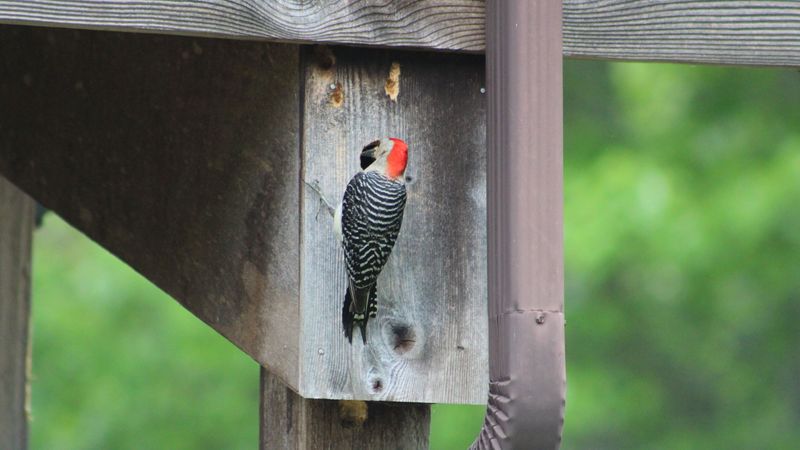
Woodpeckers prefer peaceful environments for their drilling activities. Playing outdoor speakers with intermittent sounds near problem areas disrupts their comfort zone.
Bird distress calls or predator sounds work particularly well. Even a portable radio tuned to a talk station can be effective during peak woodpecker hours in the early morning.
14. Install Physical Woodpecker Barriers
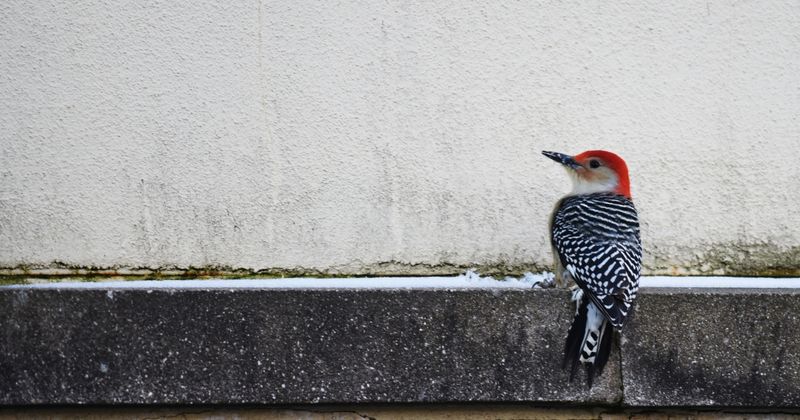
Bird slope panels create angled surfaces woodpeckers can’t land on. These plastic or metal strips attach to horizontal surfaces where woodpeckers typically perch before drilling.
The smooth, angled surface prevents birds from gaining the foothold they need. They’re especially effective under eaves and on ledges where woodpeckers frequently target.
15. Maintain Regular Insect Control
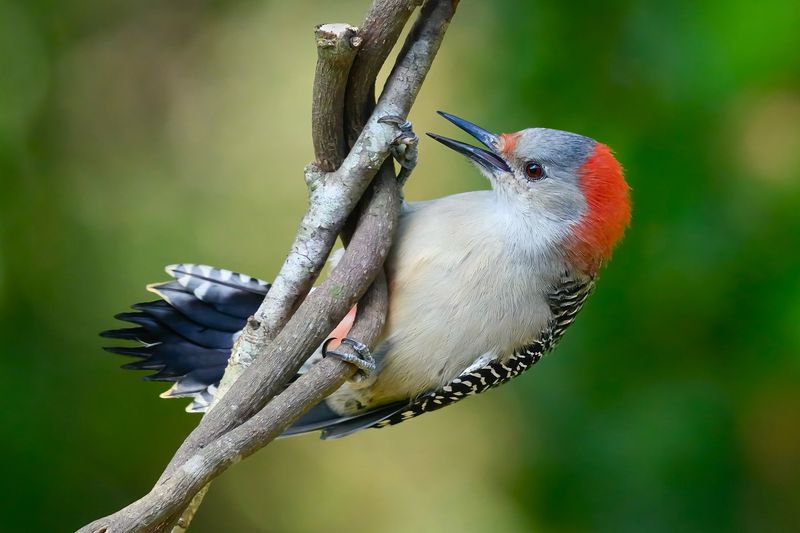
Woodpeckers often drill into homes hunting for tasty insects hiding in the wood. Treating your home’s exterior for ants, termites, and beetles removes this food incentive.
Natural options like diatomaceous earth or neem oil provide effective control without harsh chemicals. Regular inspection and treatment create a long-term solution to the root problem.

